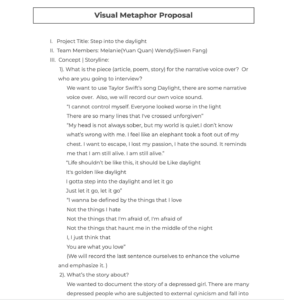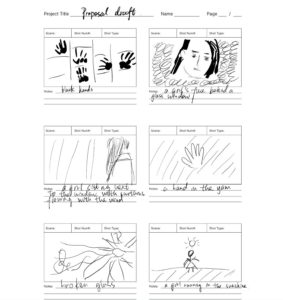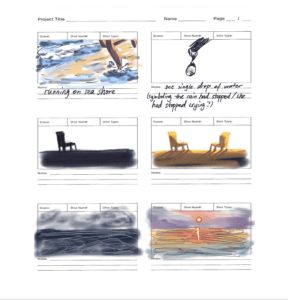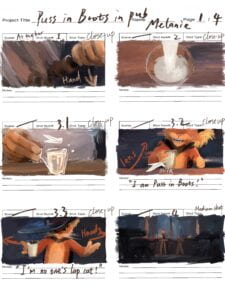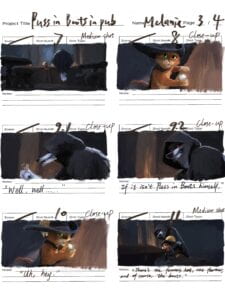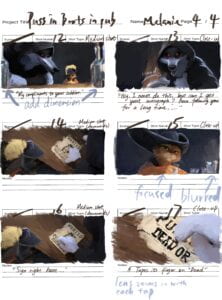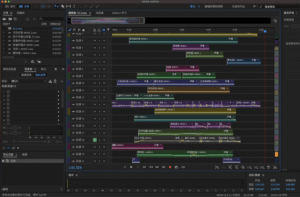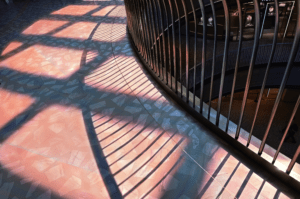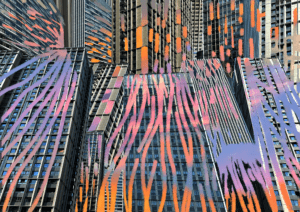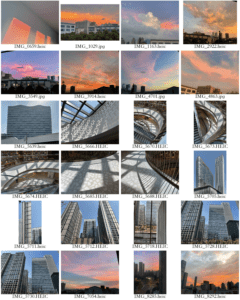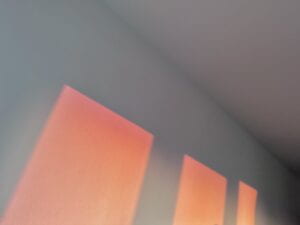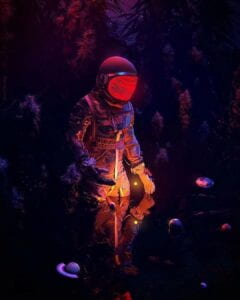The concept of the project was inspired by one of Taylor Swift’s songs called “daylight”, and it demonstrates the process of someone from being depressed to embracing the world and appreciates the beautiful details of life. Initially, the idea of doing something related to depression was brought up by my partner, and I thought it is a concept worth working on, so we ultimately decided this theme. While we were discussing what content to present and how, I mentioned the song daylight and my partner thinks it’s very suitable for the project so we incorporated this song as part of our project. When we are discussing what metaphor to use for the expression of depressed feelings, we realized this could be a theme that’s easy to get cliché. Some metaphors are too common and dull while others might be hard to convey the idea.
We first looked through some similar themed videos and analyzed the shots for inspiration. We drew the storyboard based on some rough ideas, most of which were not realized in the final video but gave us useful clues of what to work on in the following process. What we got from the storyboard is the idea of comparison, specifically the comparison of color. We thought this is an easy-to-comprehend metaphor and a method that leaves us with enough creativity as well.
One of the challenges that we faced was not able to realize the storyboard. It was hard to get the props and shoot them in the corresponding location and we couldn’t have the suitable weather for certain images either. So later we had to shoot scenes that doesn’t require props and use some copyrighted free videos as alternatives.
My partner did most part of the editing. This is also one of the problems that we have encountered, because ideally, we would both do some parts of the editing, but Premier is not like Google doc where you could work on it simultaneously, so it was hard for me to help out with the editing later on. I did the voice over for our video. I thought this would be an easy job, but then I realized it was extremely hard when you try to do it in your dormitory without an external mic. No matter how hard I try there always seems to have background noise and I could easily blow the mic when talking. And to avoid recording the sound of pressing button was also annoying.
We want to use Taylor Swift’s song Daylight, there are some narrative voice over. Also, we will record our own voice sound.“I cannot control myself. Everyone looked worse in the light. There are so many lines that I’ve crossed unforgiven, My head is not always sober, but my world is quiet.I don’t know what’s wrong with me. I feel like an elephant took a foot out of my chest. I want to escape, I lost my passion, I hate the sound. It reminds me that I am still alive. I am still alive. Life shouldn’t be like this, it should be Like daylight, It’s golden like daylight, I gotta step into the daylight and let it go, Just let it go, let it go, I wanna be defined by the things that I love, Not the things I hate, Not the things that I’m afraid of, I’m afraid of, Not the things that haunt me in the middle of the night, I, I just think that, You are what you love” (We will record the last sentence ourselves to enhance the volume and emphasize it. ) We wanted to document the story of a depressed girl. There are many depressed people who are subjected to external cynicism and fall into self-doubt. They can feel sad and lonely. So we wanted to express that we can give them a helping hand and encourage them to step into the sunlight.
Daytime(We want to shoot the sunshine as the symbol of recovering from the disorder) Maybe in the park, the girl can run in the sunshine. Night(Dark colors usually symbolize loneliness and sadness) She can be sitting alone by herself in the corner of a room. We often use rainy days and dark clouds to express people’s bad moods, but these metaphors are a bit too old-fashioned and cliché, so it is a challenge to express people’s bad moods in a creative way. We can use different forms of water and yarn to represent her emotions. We will use different things to make the starting and ending part have some connections and contradictions.
